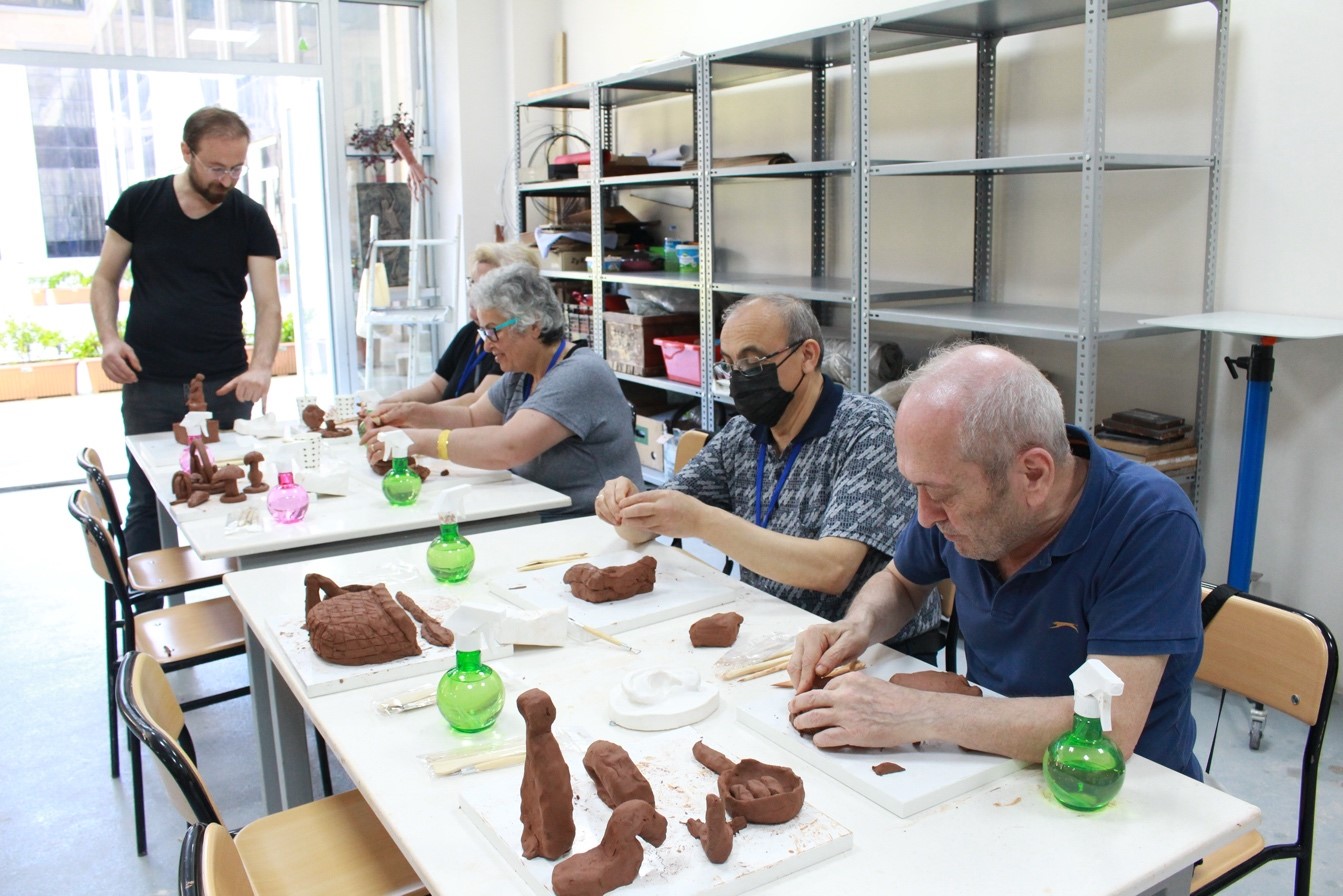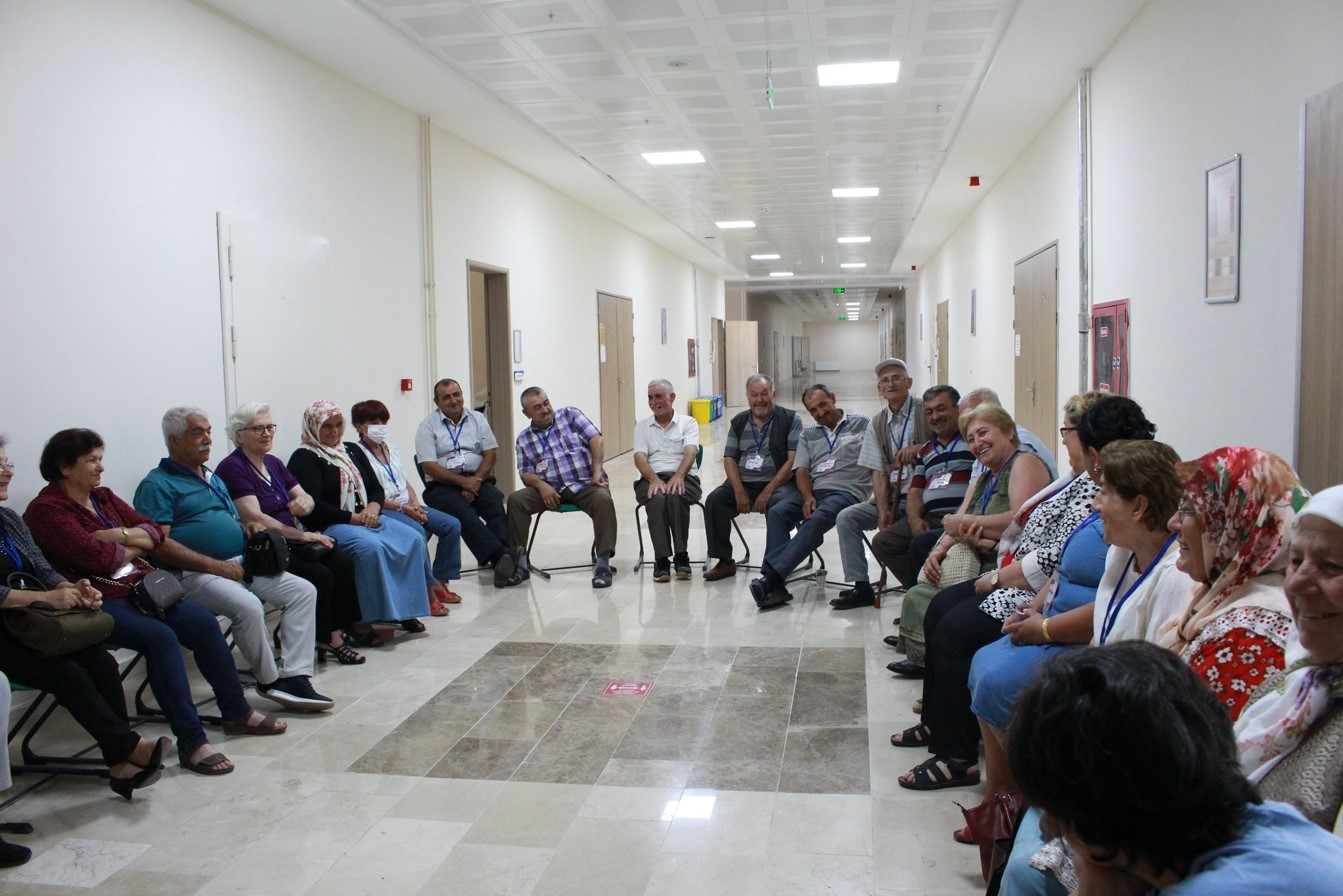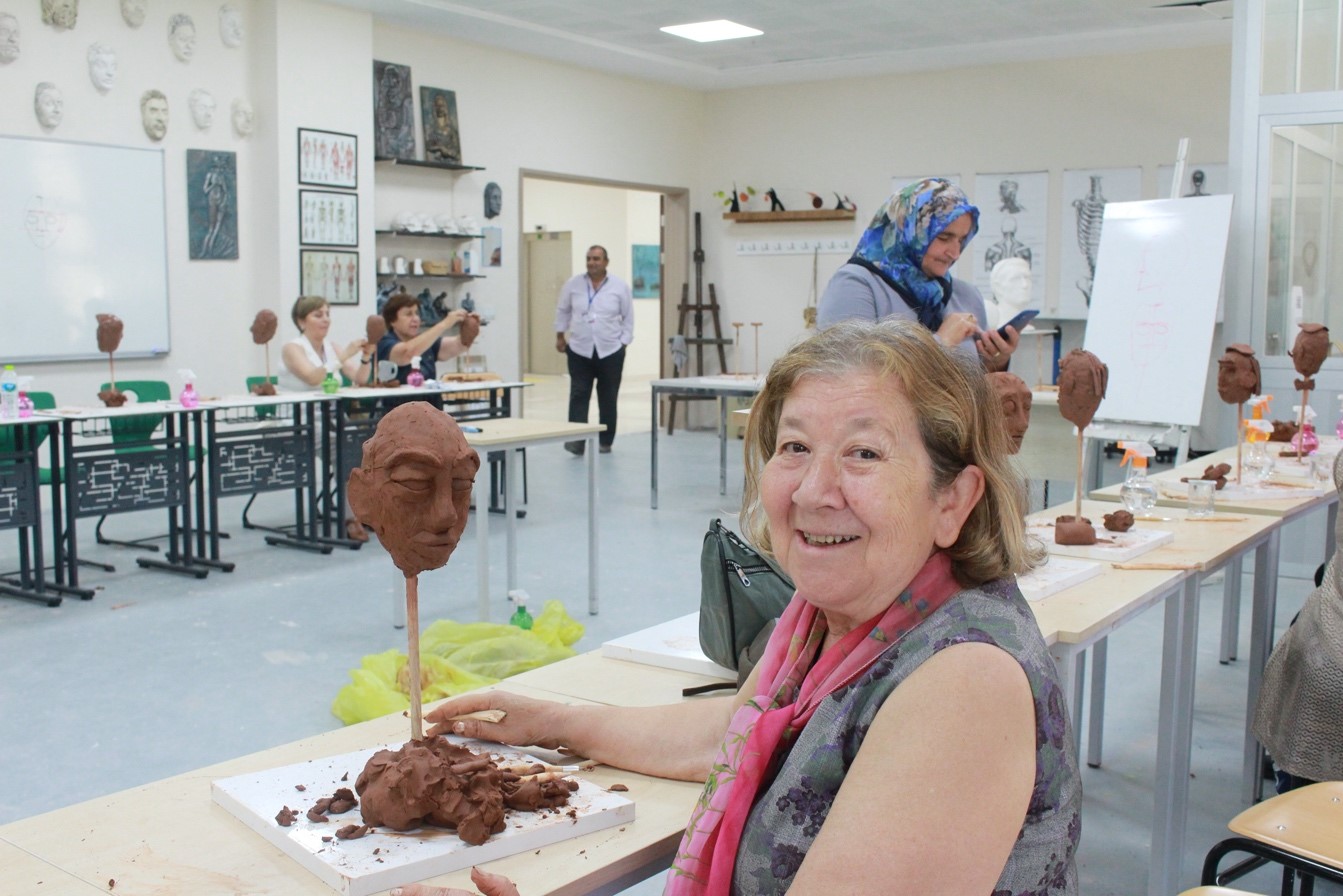A STORY OF TRANSFORMATION
In this blog post, you will read an interview with Assoc. Prof. Dr. Hüseyin KAYGIN and Asst. Prof. Dr. İhsan Çağatay ULUS from Bartın University (Türkiye), a partner institution of the WISELIFE project, in which they share the experiences they had throughout the training program (WISELIFE Output 2) conducted in June and July in Türkiye.



A STORY OF TRANSFORMATION
Interviewer: How did you decide the content of the training program?
We started to determine the content at our project partner meeting in Lodz/Poland. As much as we could, we tried to respond to the actual needs of seniors who are in risk of facing ageist behaviors in their daily lives. Moreover, one of our primary objectives while determining the content was to make them feel that they were competent enough to realize most of the requirements of daily life. We also aim to help them increase their well-being and mindfulness levels.
Interviewer: Could you define well-being and mindfulness?
Well-being is the experience of health, happiness, and prosperity. Well-being is the state of being at peace with oneself and being self-satisfied, feeling well and self-sufficient, being free in one's life, and making decisions. Mindfulness is the ability to focus your attention so that you can focus on the present moment without judgment. At the same time, it is an effective method that is used day by day in reducing stress, increasing self-awareness, improving emotional intelligence, and weakening destructive, emotional, cognitive, and behavioral processes.
Interviewer: What kind of activities did you include in your training program?
Our training program covered different subjects such as art activities (e.g., clay art), drama, breathing exercises, mindfulness activities, group guidance, nutrition in the third age, using social media and e-commerce websites, and accessing e-public services.
Interviewer: How did you find the trainers for the program?
We did our best to find trainers who are experts in their fields and have experience training adult learners. All the trainers are experienced staff at Bartın University.
Interviewer: How did you find your participants?
The most challenging part of our experience was convincing seniors to attend our program. At first, we announced our training program on social media and our institutional website, but that was not enough. Then, we visited seniors who reside in nursing homes and who are at risk of facing ageism. Thirty-seven seniors lived there, most of whom had severe health problems and could not participate. We just had the opportunity to interview with seven seniors, and only four of them accepted to participate in our program, one of whom had to drop out of the program early due to health problems. After then, we got in contact with local authorities (municipality, neighborhood mukhtars, and NGOs) and after interviewing with several senior people, we were able to reach the adequate number of participants that we planned (fifty people). Most of the participants were female.
Interviewer: Your program seems so helpful and interesting. Why did you have difficulty finding participants?
Some participants were away from formal educational settings for such a long time that they were afraid of going back to the classroom and thought that they could not do so because of their age. Actually, they showed ageist behavior towards themselves by acting like this. Some of them did not want to attend it because of the negative past experiences they had in formal educational settings. Some were unaware of their need for such a training program. We were able to convince some, but we were not able to convince others.
Interviewer: Can you share your observations and feelings about the training program?
Initially, we were concerned about potential dropouts, but fortunately, nearly all the participants completed the training program. During the training program, we observed their delightfulness and enjoyment most of the time, which made us feel like, “Yes, we did it.” You know you feel great when you accomplish your goals, but that was not the only thing to feel like that. It was amazing to feel their delightfulness and happiness inside our hearts. They need such activities so much, and they all asked us to arrange such activities more frequently. Some of them told us that they had been in depression and stressed and that the training program was a remedial process. They did not just learn from the trainers, but they learned from each other as well. Most of them were prejudiced about the program and themselves, but their views were transformed during the program. We also observed wonderful interaction between the trainers and participants.
Interviewer: What challenges did you face while carrying out the training program?
Sometimes we observed some disputes among some participants, probably resulting from individual differences (gender, educational background, political views, habits, cultural differences, etc.). Luckily the trainers were experienced enough to solve the conflicts and created a team soul among the participants.
Interviewer: After the training program, what would you recommend for preventing ageism in society?
First, policymakers should concentrate on seniors and prepare new policies addressing the needs of senior people. Appliers of those policies should arrange programs for the whole society (children, teenagers, young adults, the middle-aged, and seniors) to increase awareness about ageist behaviors. As we found out that our training program contributed to senior citizens much more than we expected, such training programs should be arranged more frequently. In most of the world, the proportion of aged people in the population is increasing day by day; therefore, more people will be at risk of being exposed to ageist behaviors. Informative courses about ageism should be included in all levels of school and tertiary education. We need more scientific research to understand ageism and how to cope with ageist behaviors.

